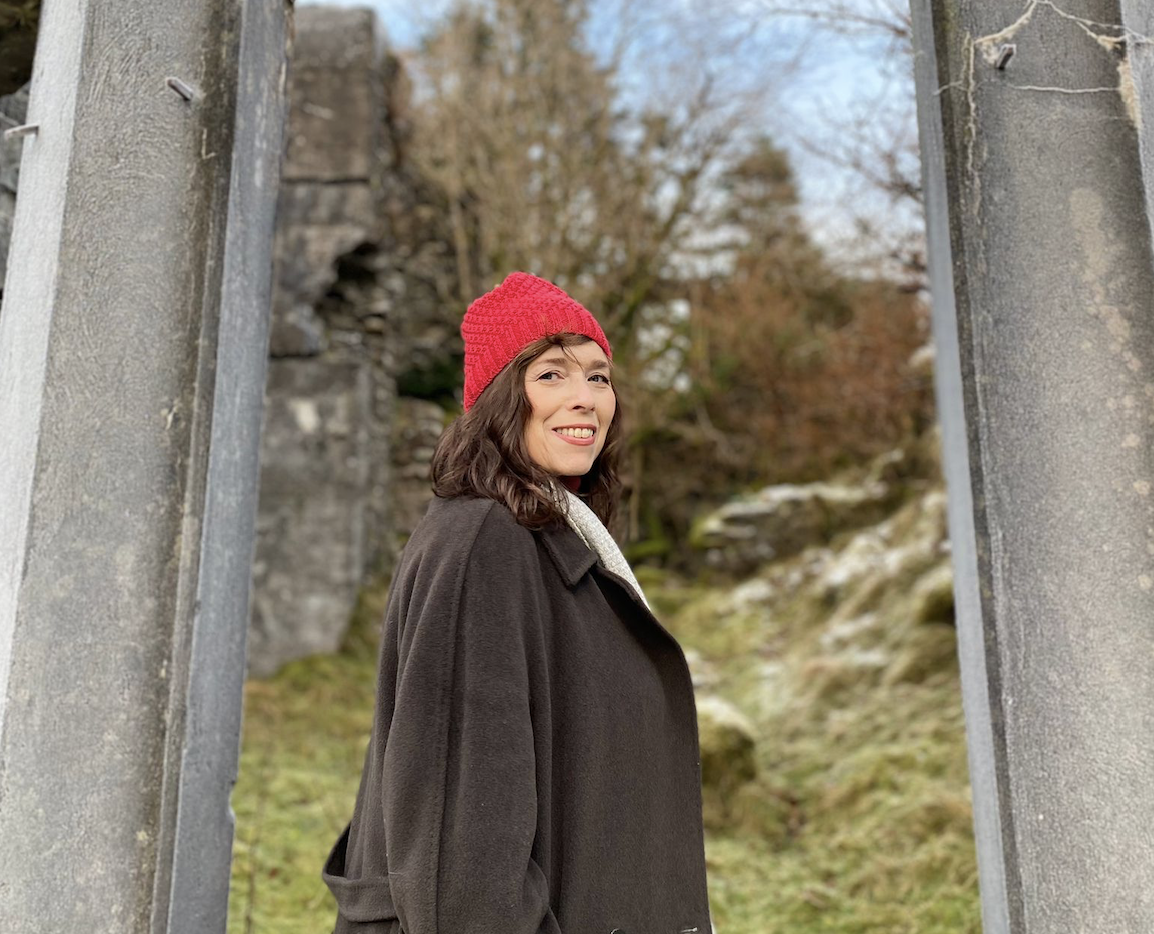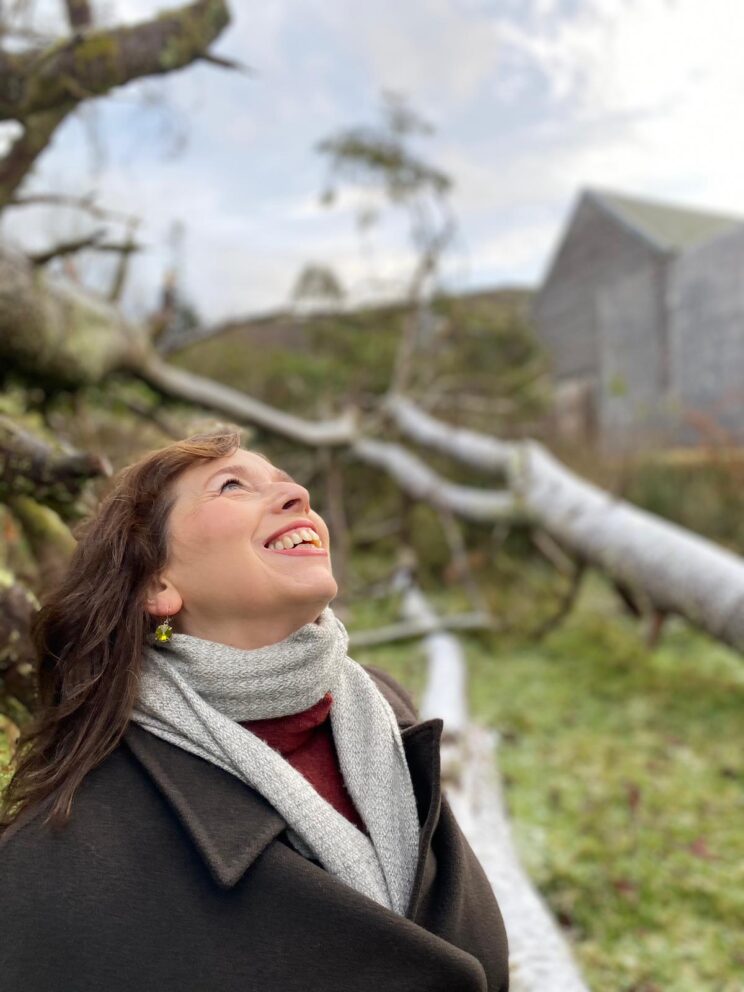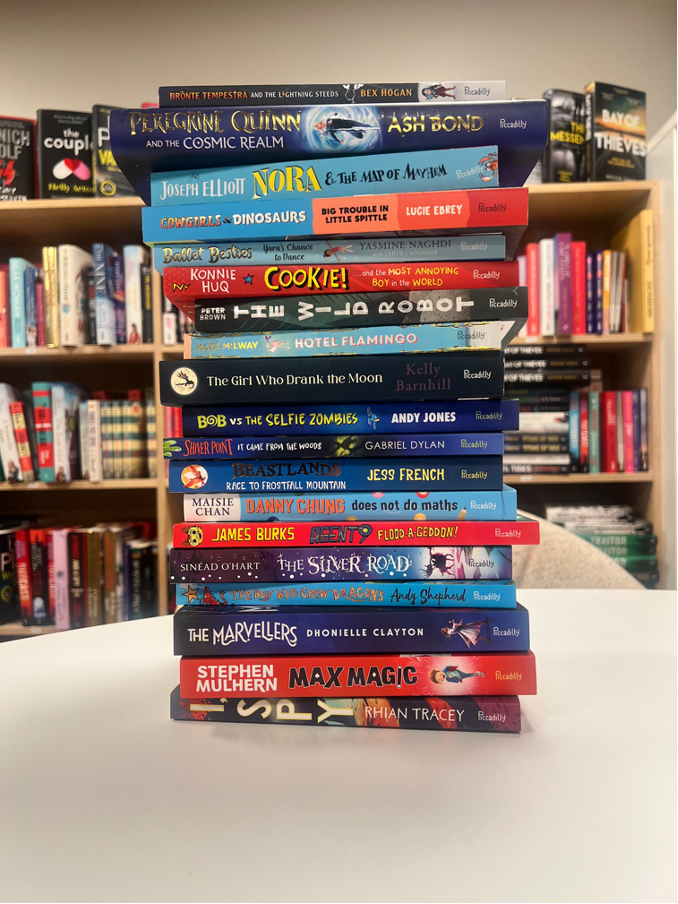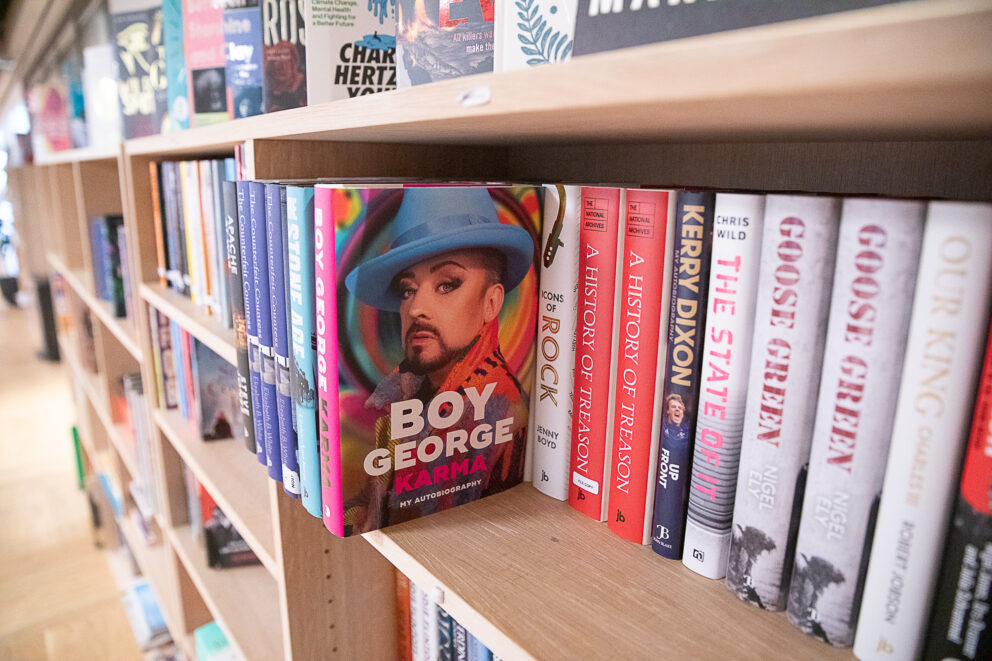
I would wake up with night terrors: that I, myself, was in the witch’s hole.
Norway, 1662. A dangerous time to be a woman.
Anya Bergman’s bestselling The Witches of Vardo has captivated readers with its retelling of the witch trials that gripped the country. Her novel is a reclamation of a forgotten history, a celebration of the women persecuted and a fierce indictment of the patriarchy that sought to silence and slay them.
It follows Ingeborg, as she sets out across the wilderness to save her mother accused of witchcraft, accompanied by proud daughter-of-a-witch Maren. Amongst the captives on the isolated island of Vardø is Anna Rhodius, once mistress to the King of Denmark and fighting for her own survival.
We sat down with Anya to discuss the novel, its resonance today, and her desire to raise the voices of these women, these witches, who refused to be victims in an age weighted against them.
How did you come to write The Witches of Vardø? What was it about this story that grabbed you?
I came across the story of the witch persecutions on the island of Vardø, while I was living in Norway. I lived there for six years, and a Norwegian friend told me about them. I’d always been interested in the history of witch trials and my imagination was just triggered. I was astounded I had never heard of it because it was one of the most ferocious centres of witch-hunting in Europe. As I started looking into it, I became hooked.
One of the crucial moments was when I discovered this big book with all the witch trial records translated into English. These records still exist in Finnmark: the testimony of those accused. I’ve referred to that, and also interviewed and talked with the expert on witch hunts in Norway, Professor Liv Helene Willumsen. She has been incredibly helpful.
Then it became something else: it became an obsession. When I met with Liv Helene, she said to me: ‘raise their voices with tenderness’. That became my purpose with the book: to raise the voices of these women who had been persecuted and forgotten about by history. And to give them a space to have their story told. I became like a dog with a bone!
The book beautifully evokes the Norwegian landscape. Did you write in Norway? What was the writing process?
The Norwegian landscape is a huge part of it. I wrote one draft in Norway. Then I moved to Scotland. I rewrote it during the pandemic. I was on my own and I was able to really go into the zone. It was quite a tough book to write due to what was going on with the characters. I would wake up with night terrors: that I, myself, was in the witch’s hole.
Why was witchcraft so rife at the time?
Men have been accused of witchcraft. But at the heart of it was misogyny mixed in with religion. Scapegoating was one of the big reasons why women were persecuted for witchcraft – and still are in certain parts of India and Africa. When things go well: grand. When things go wrong: they’re a witch.
I spent a lot of time trying to work out why witch hunts happen and what was going on in Norway. At that time in history, it’s no coincidence that you’ve got a mini-ice age coming in causing an economic crisis and crop failings, and so blaming witches for these harvest disasters was convenient. In Vardø, the fishing yields went down – so it was bound up in economic concerns.
Despite being set 360 years ago, the themes of the book feel so relevant and timely…
Right from the beginning, I always felt the parallels with society now. It was quite stunning how things were synchronising with the Me Too movement as I was discovering that some of what was going on with these women was connected with sexual agency. And other things in the world were paralleling this story: like the shrinking of women’s rights, how powerful women were being treated, and the treatment of menopausal women. I felt like there were a lot of themes within the book that were mirroring contemporary concerns.
Can you tell me about your depiction of Anna Rhodius? It feels like a counterpoint and rebuke to the usual historical narrative. I immediately wanted to google her story.
My journey with Anna was really interesting. When I wrote the first draft of the book, she was the baddie. I blamed her completely as the historians have done. But then I started thinking ‘hang on a sec…’ All that trial testimony is recorded by a male scribe in the employ of the government of Finnmark. They needed a scapegoat to blame.
I looked into her backstory and found fascinating articles about her life and why she was exiled. They said she had litigation mania. She was constantly taking these court cases against corrupt officials where she lived and bringing petitions to the king – and she drove these men mad! She’s this middle-aged mouthy woman! A very difficult woman from a privileged background. She ends up in exile to shut her up.
So, I thought: ‘let’s look at this again’. It’s something that hadn’t been touched on in any of the historian’s commentaries: that surely she too was at risk of being accused of witchcraft. No-one mentions that maybe she was trying to save herself. During the plague years, when all the nobles ran away, she and her husband stayed and looked after the sick. What kind of person was that?
I love all your characters. But Maren is an absolute delight…
She’s great: she’s just like ‘down with the patriarchy!’ I wanted to weave in this thread of magic realism as a means to liberate the women from the trauma of patriarchal colonisation. She’s the vehicle for that. Does she have magic? Or is she just really good with animals? Can she conjure storms? Or does she just know what the weather is going to be?
You weave in folklore and mythology throughout. Have you always enjoyed folktales?
I love writing little folk tales! What I wanted to do here was retell traditional Nordic tales. I had a book of Asbjørnsen and Moe’s folk tales from when I lived in Norway, and I looked at Norse mythology and Sámi mythology and culture. But I was very aware of the fact that I had to be very careful about appropriation, so I contacted Liv Helene and she found me a Sámi sensitivity reader to make sure that I wasn’t doing anything disrespectful.
Witch stories seem to be having a cultural moment. What’s brewing?
I think there’s many different factors. What’s interesting is that it’s covering all genres. There was always an interest in witches, but it was mainly in the fantasy space. But now we’ve got big-selling non-fiction books, historical books, historical novels, well-being books, all sorts!
Why is that? I think some of it is about reclamation. There’s a part of the feminist movement around reclaiming the past and looking at it through a feminist lens. It’s a response to finding stories from the past and responding to the shrinking of rights, right wing patriarchal aspects, and what is going on in society today.
But I also think that there’s an aspect of it whereby it gives the readers a sense of community. Everyone feels a bit marginalised; we all feel like we don’t quite fit in. These books create a community for those people who maybe don’t want to follow the traditional pathways.
Finally, in this time of climate crisis, witches speak to the relationship between humanity and nature and a reverence for nature. A lot of people identify with being witches because of this spirit and connecting to the rebel within ourselves. Let’s not take this lying down!
I think the more books about witch trials, the better. I don’t think it’s going to saturate. Because this was hundreds of years of genocide of mainly one gender.
It’s so important to remind people of this history.
What happened was not that long ago. This is what our modern world is based on. These are the foundations of the modern world – these horrific waves of brutality towards predominantly women. It’s totally relevant to now. And the fact that it’s still going on… Sometimes people think you were accused of witchcraft because you made potions or were a healer, but in most cases they didn’t do anything at all. It was aimed at people who weren’t fitting into society.
You mention that you would chant the names of the women who died during the writing process.
There were moments when I thought this book was too hard to write. I would say ‘you have to do this.’ And I would walk up a very high hill in Norway saying their names.
And finally – after years of research and writing – what’s it like seeing the book out in the world and in the hands of readers?
Really amazing! What’s so amazing is that people are getting what I was trying to do. I wanted to talk about this dark time, but I wanted the reader to feel uplifted and empowered at the end. And that’s what the readers are connecting to. And it’s thrilling that it doesn’t seem to matter what age or gender the reader is, people are really responding.



